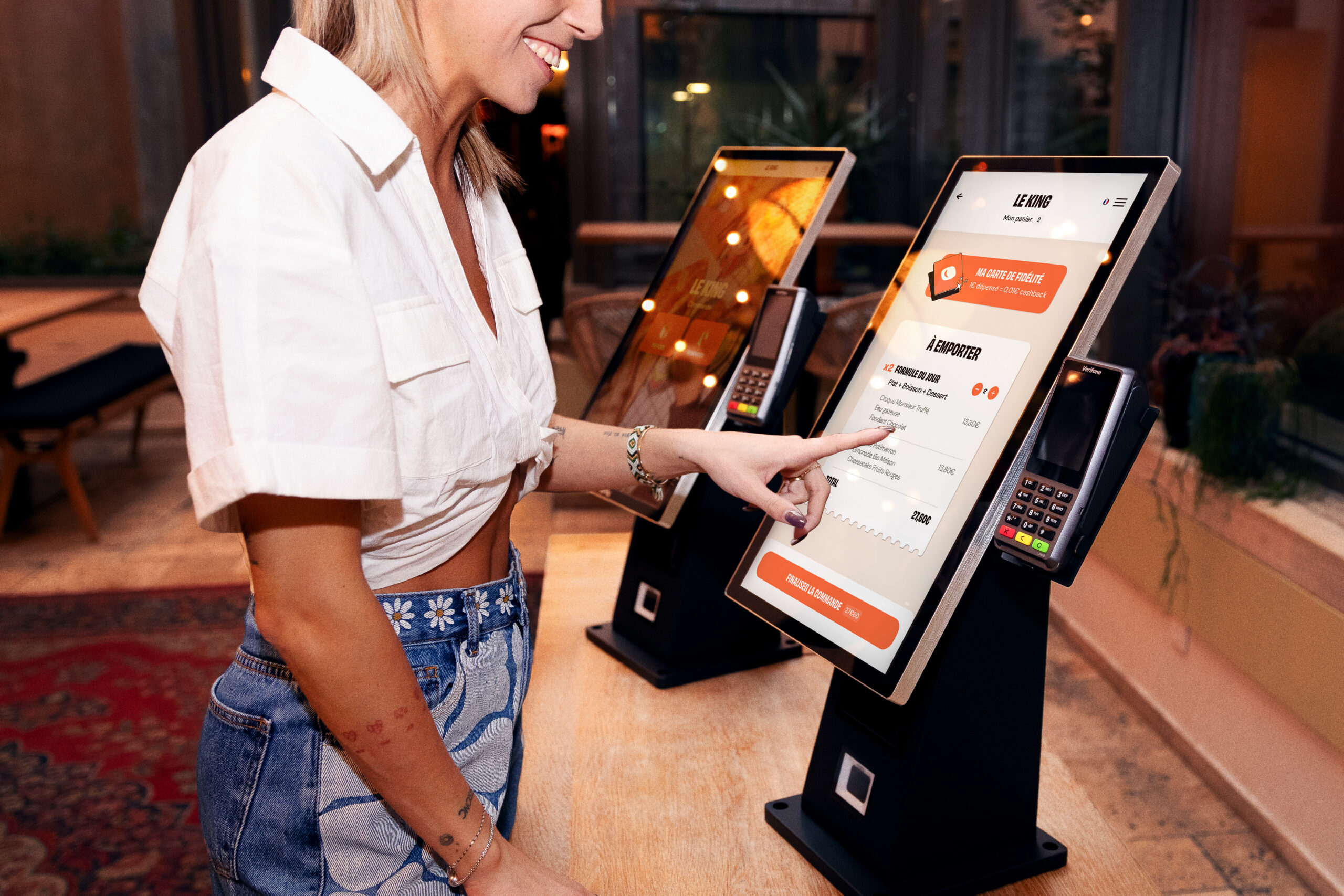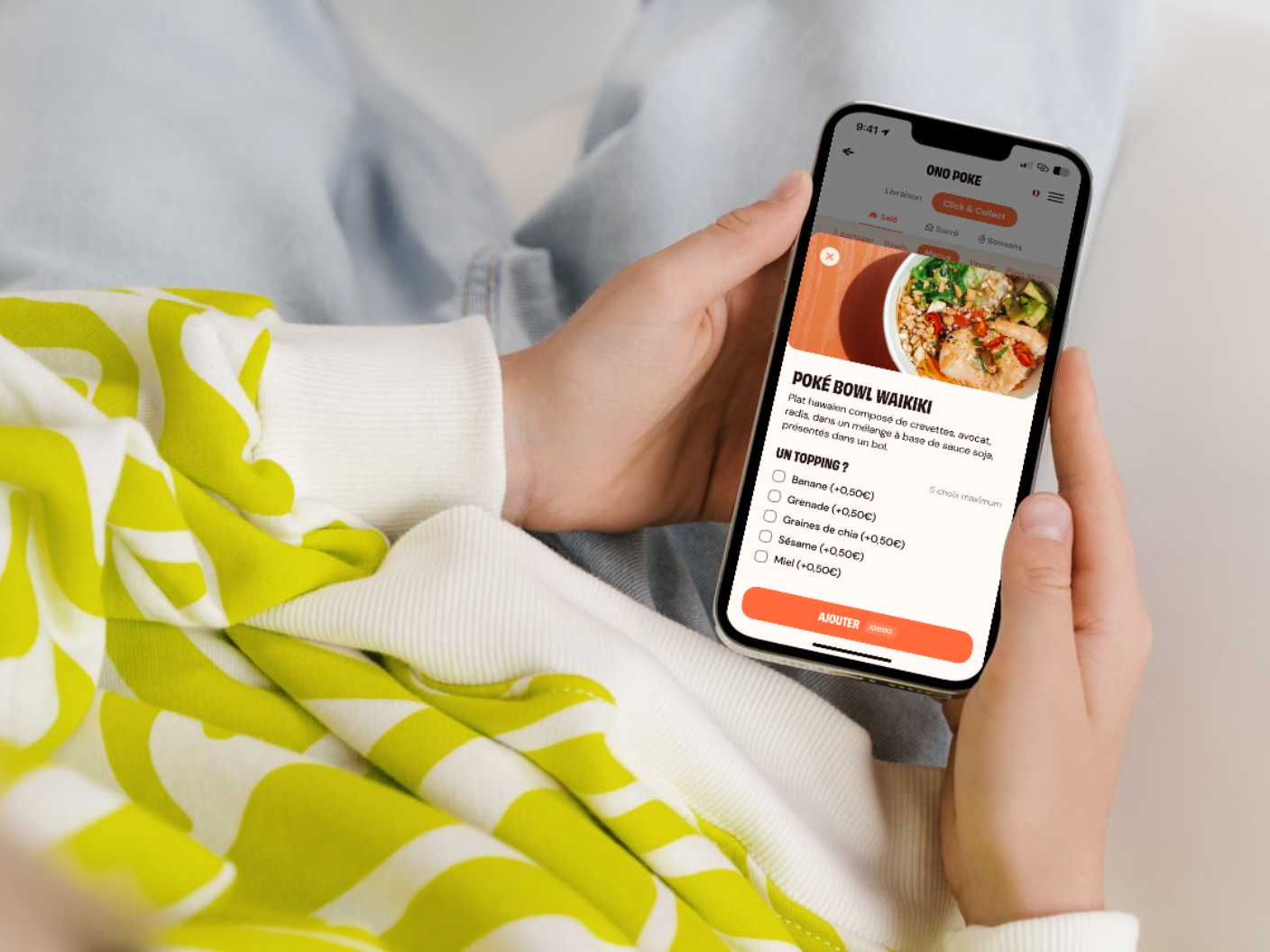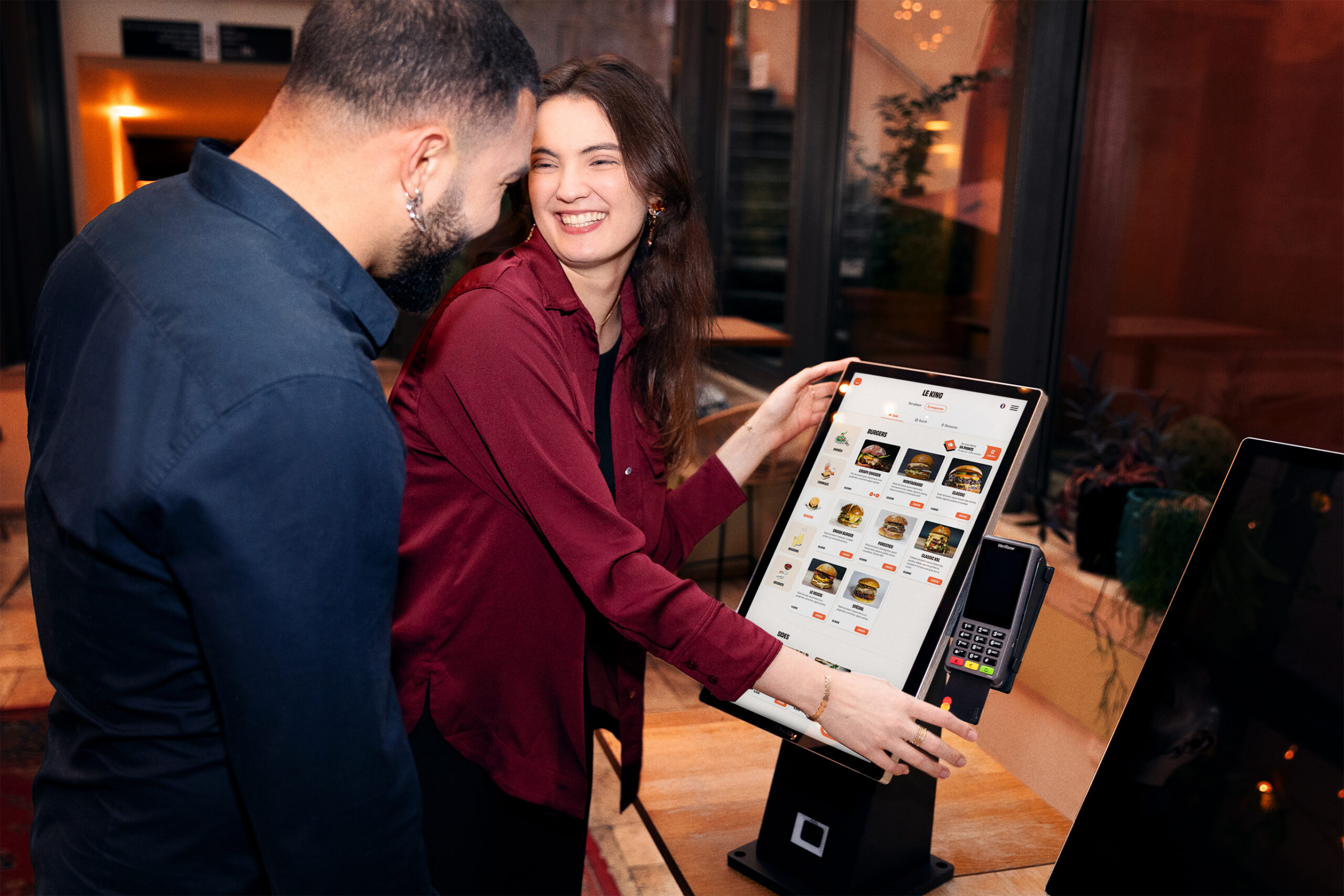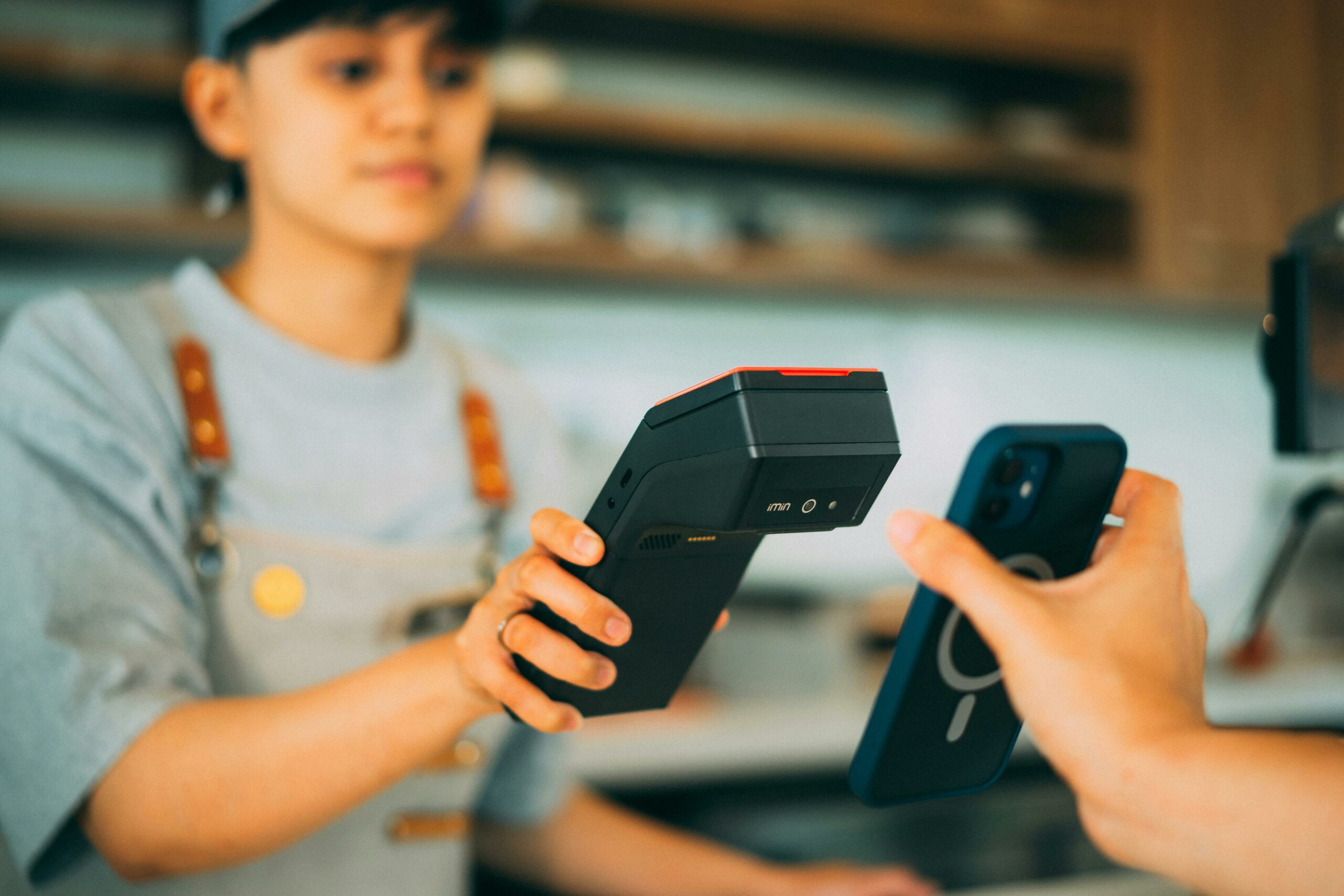Restaurant: the essential means of payment in 2026
24 November 2025
Just because payment comes last doesn't mean it has any less impact. On the contrary, this is often where it all comes down to it.
Payment methods influence your throughput, in-store organization, checkout flow and even the customer experience. For restaurateurs, the challenge is to identify those that offer real added value in service.
Here's an overview of the payment methods that will count in 2026 when you run a business: the ones your customers already use, the ones that go up quickly, the ones that structure order taking and the ones you keep in your sights for later.
No. 1: contactless, the champion of all categories
It's impossible to start this ranking without slipping it straight into first place.
In 2024, the CB recorded 7.3 billion contactless transactions in FranceThis represents around half of all bankcard transactions.
Contactless payment will be the mainstay of your system in 2026, if it isn't already.
Our opinion
Contactless remains your best bet in 2026. This payment method must work with every service, without any delays. If your terminal takes a long time to react, you lose throughput and quality of service.
To take it a step further, look at how it fits into your overall ordering process. A restaurant looking to streamline its cash flow cannot rely solely on this method. Your customers already use several different payment methods and are comfortable with changes.
The more you anticipate this diversity, the more you improve service quality.
No. 2: mobile wallets, the reflex of 16-34 year-olds
Cell phone payments will take on a real role in 2026. More and more customers don't even take their wallets with them; they just take out their phones to pay. 38% of customers say they use a payment wallet, up 6 points in one year and 14 points in three years. This is the strongest growth on the market, just behind contactless.
Our opinion
If your clientele includes a large number of young professionals, mobile wallets are becoming an almost indispensable part of your payment process.
Check that your terminals accept NFC payment via smartphone. It would be a shame to miss out on part of your customer base.
And if you want to eliminate checkouts altogether, Obypay's new Tap to Pay order terminals already allow you to cash in directly at the kiosk, phone in hand.
No. 3: QR codes, the most versatile solution
The QR code has become a restaurant reflex.
Since 2020, your customers have been scanning QR codes to consult menuand the habit took root effortlessly. A Résonance study for M6 Unlimited already indicated that 61% of those surveyed had scanned a QR code in a restaurant or bar in 2021.
QR codes are no longer just used to display maps. It also stands out on the ORDER FORM and the paymentwith adoption continuing to grow.
Our opinion
The QR code combines several significant advantages: it's versatile, quick to set up and inexpensive. It's one of the digital solutions that works equally well in a food court than in a traditional restaurant, a bar or a summer terrace.
Its strength lies above all in its flexibility. You can use it to display the menu, collect a shared noteTake an extra order or smooth out a peak in activity.
For a plant that wants to gain throughput without overhauling its entire organization, it's one of the easiest levers to activate.
Want to find out more? See our resource ➜ QR Code in foodservice: improving the customer experience without losing the human touch
N°4: prepaid cards, the practical option (still underestimated)
Visit prepaid cards have been widely popularized by events and festivals, where cashless zones have become the norm. This reflex has taken root, and your customers are now used to it.
Our opinion
In a food courta leisure complexa climbing gym or a bowlingPrepaid cards are often one of the most effective levers for accelerating flows. They speed up checkout, simplify the ordering process and naturally encourage returns.
They do not replace your traditional payment methods, but they can be a real asset in lightening the operational load and boosting local consumption.
Want to see what it's like in the field? ➜ Discover the bowling success story 10.55

No.5: Biometric payment, the trend to watch
For the moment, biometric payment is still a little James Bond. Fingerprint, face, palm... the gesture is intriguing, but its use remains limited. But things are changing: Carrefour and Ingenico tested palm payment in Paris for the 2024 Olympic Games. Proof that technology is moving forward and preparing to become part of everyday life.
Our opinion
Biometrics doesn't have to be integrated right away, but it's clearly a subject to keep an eye on. In stadiums, leisure complexes or other areas where the flow never stops, the speed of movement could become a real advantage in the next few years.
(Bonus) Cryptocurrencies, the most niche option
Cryptocurrencies are still the talk of the town, but their use in catering remains very marginal. A few establishments accept them, often to create an "early adopter" effect or to appeal to a very specific clientele. In practice, demand remains low and organization complex.
For the more curious, there are an app that lists establishments where you can pay with crypto.
Our opinion
Cryptocurrency payments remain a very niche proposition. At this stage, it offers more in terms of communication than operational efficiency. It's far from being the payment method that will streamline your service or simplify your day-to-day management. What's more, conversions, volatility and tax obligations complicate the process..
It's best to concentrate your efforts on payment methods that are already widely adopted. Crypto may come later, depending on demand and market maturity.
Want to find out more? See our resource ➜ Catering 2030: 5 trends to anticipate now
Anticipate your customers' expectations now
Finding the right payment mix saves you time and offers an end to your journey that doesn't break your rhythm.
Would you like to identify the solutions that are right for your business? Our team will help you build a solid, easy-to-operate route.













